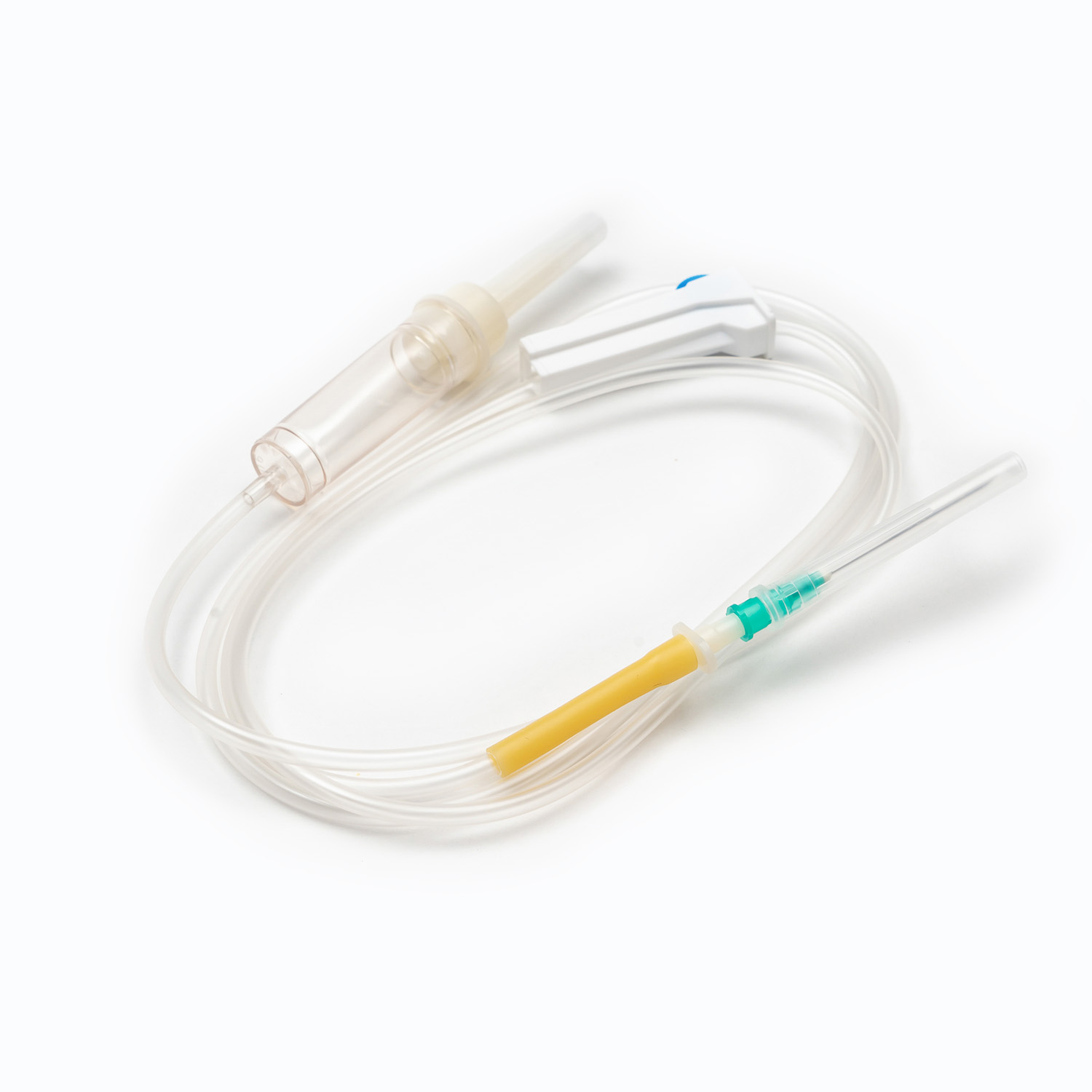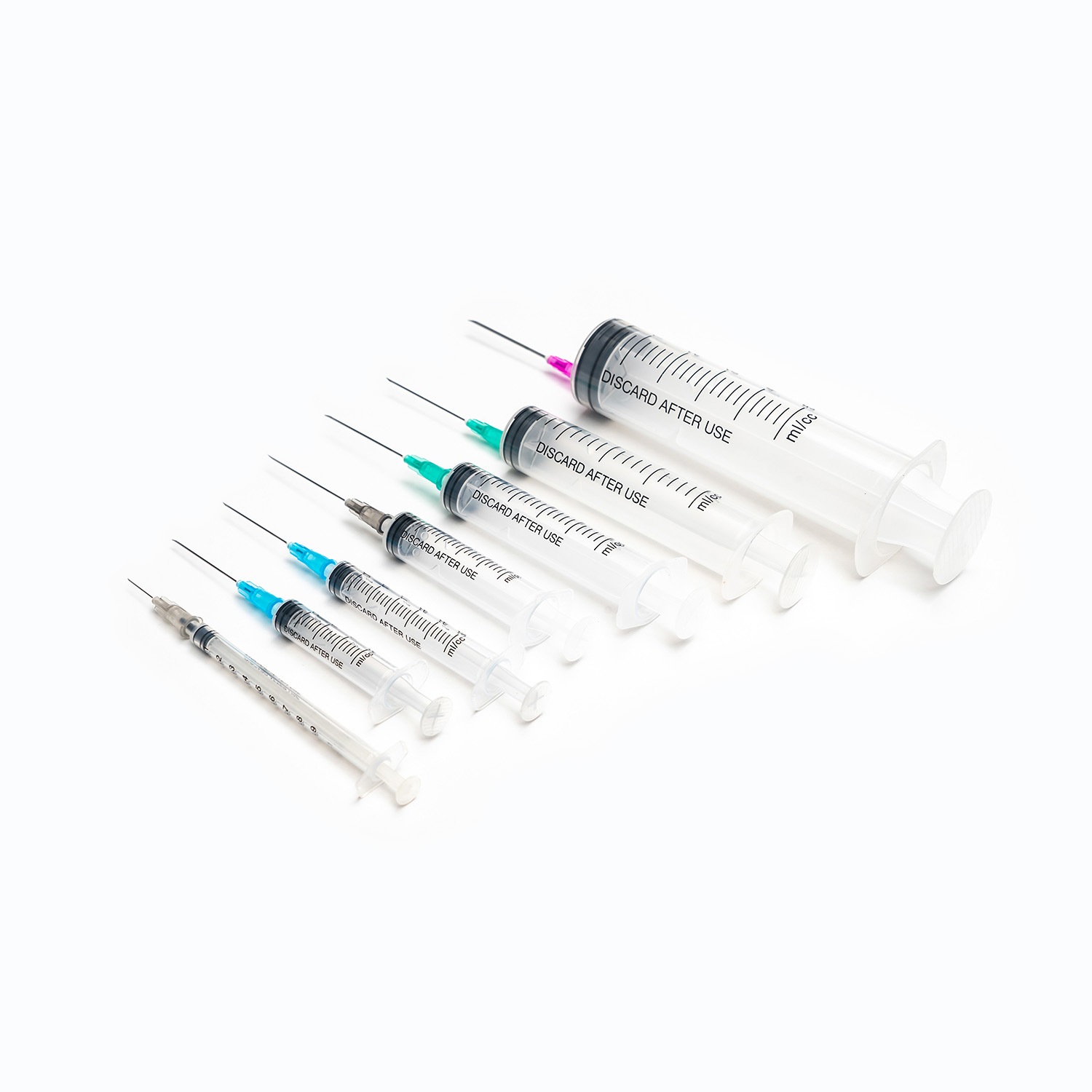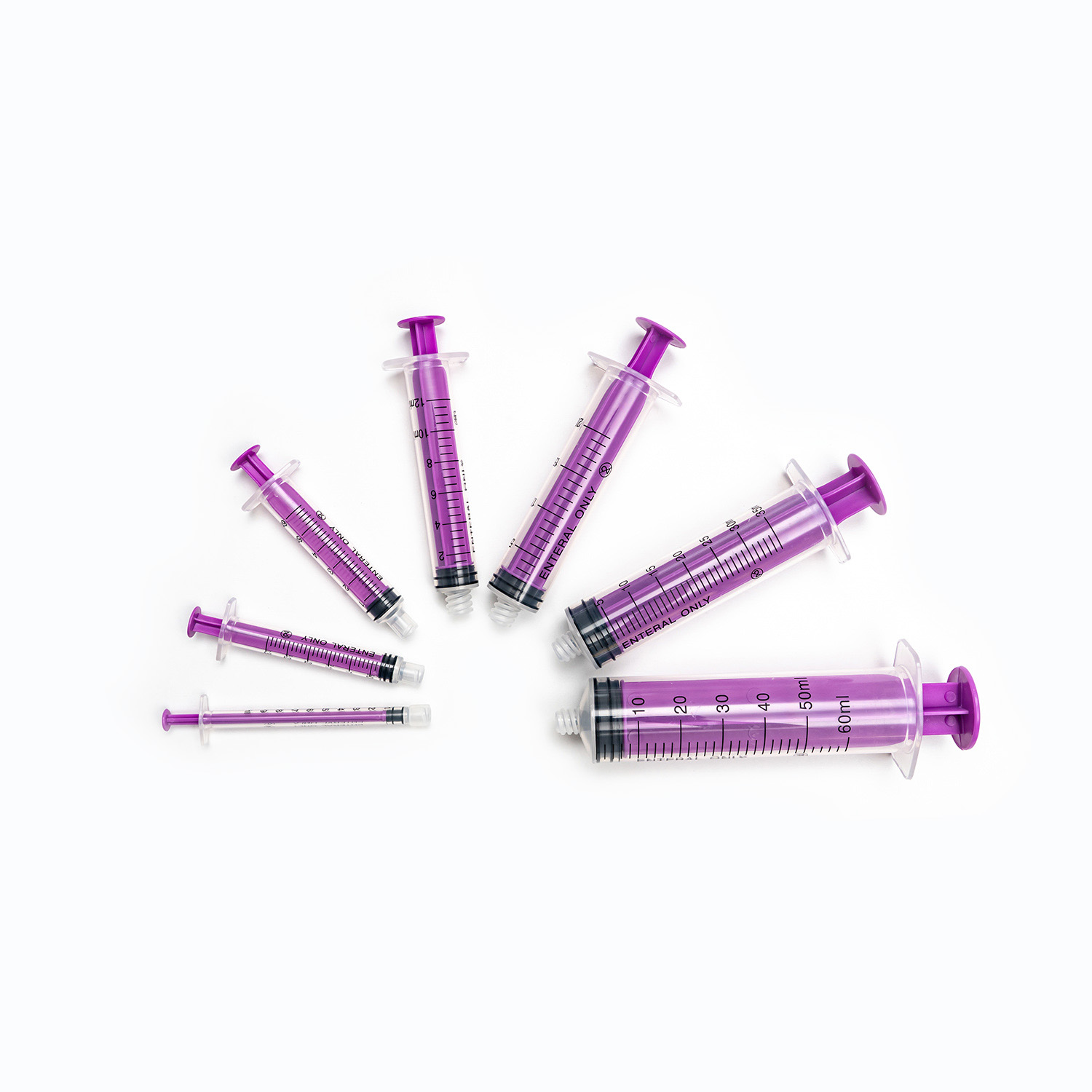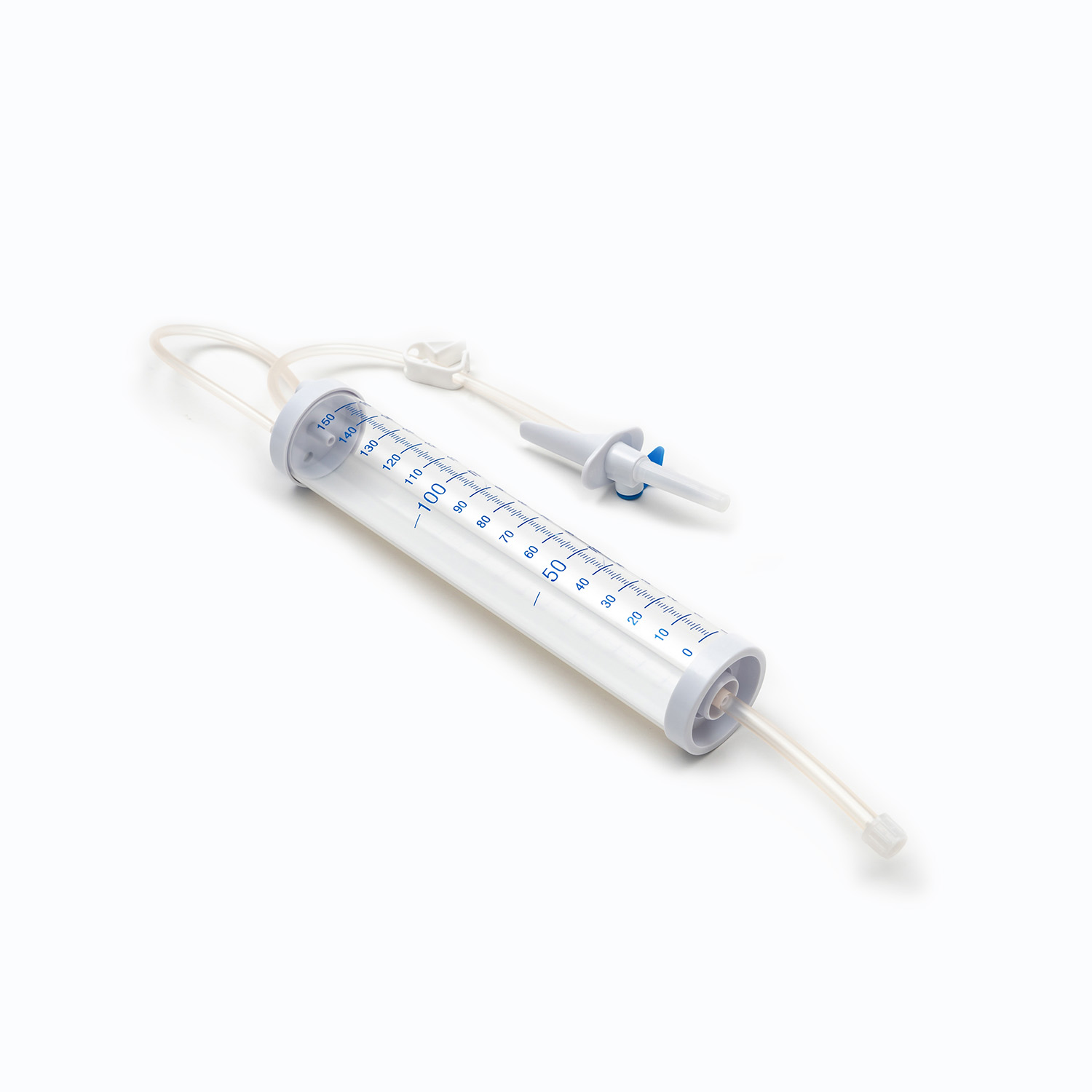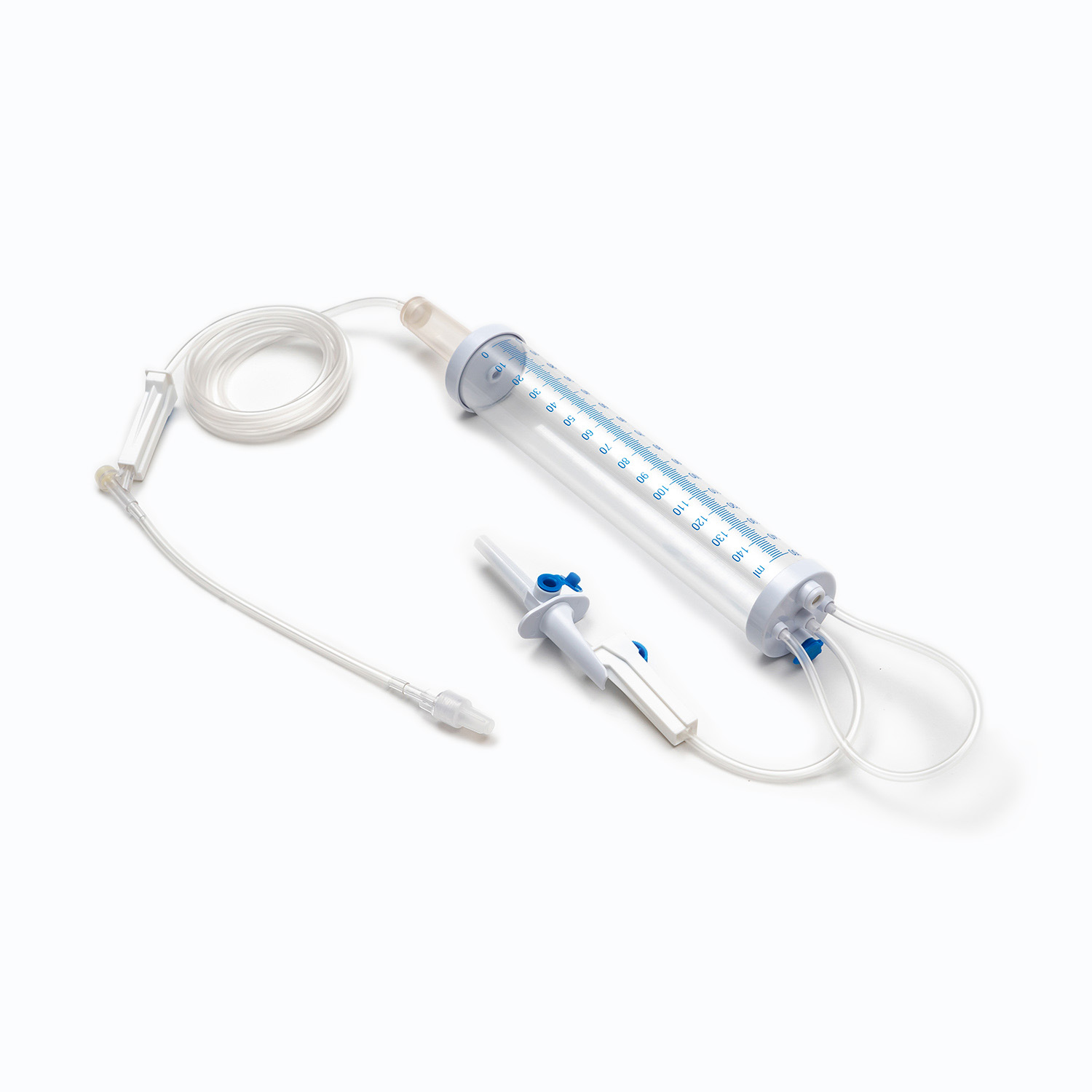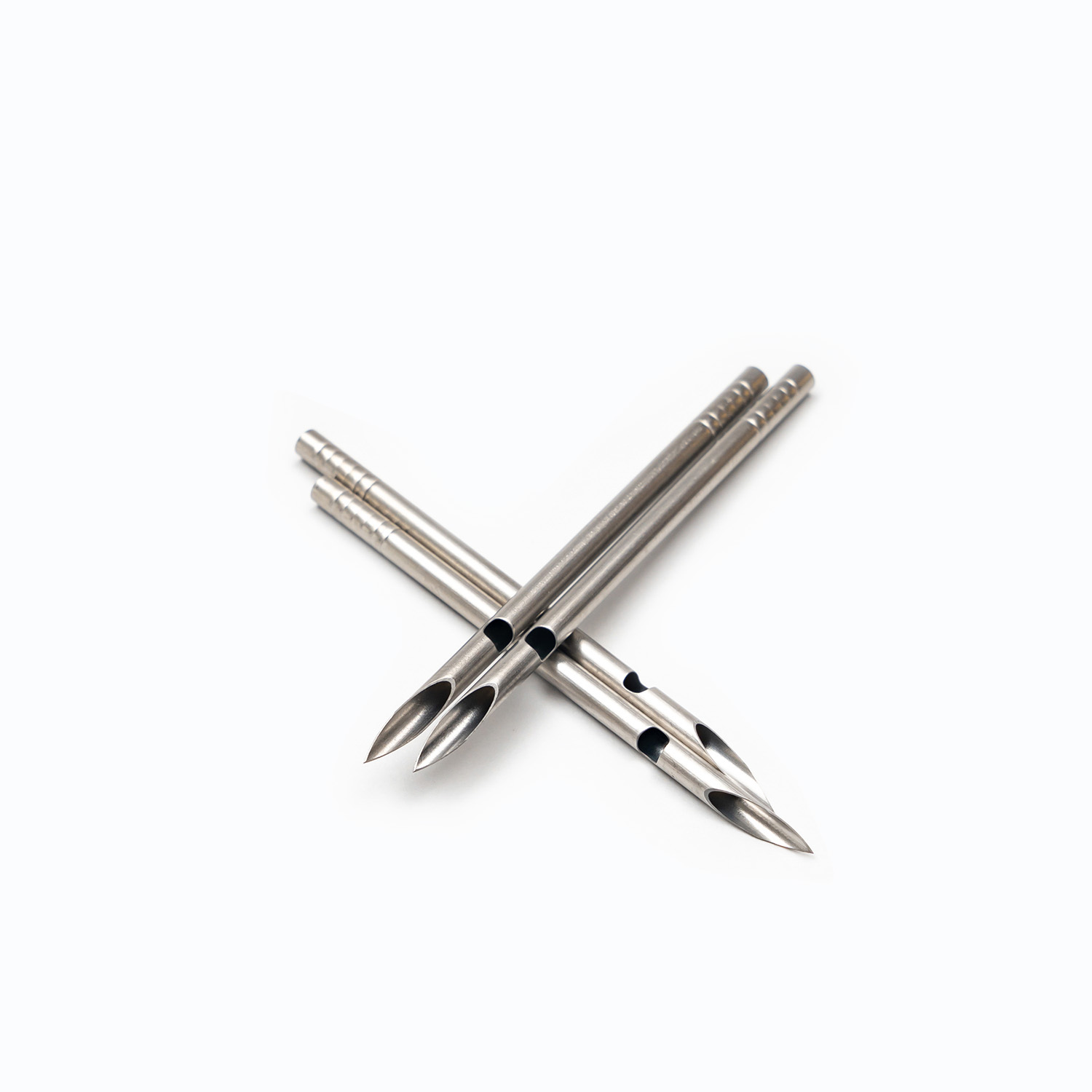Blood Transfusion Set: A Vital Medical Tool in Modern Healthcare
Oct 22,2024
Blood transfusion set, as a crucial component in the realm of modern healthcare, plays an indispensable role in saving lives and treating numerous medical conditions. This set is designed to facilitate the safe and effective transfer of blood from a donor to a recipient, addressing a wide array of medical needs.
A typical blood transfusion set comprises several essential components: a blood bag, an intravenous cannula, and a tubule connecting the two. The blood bag serves as the primary container for collecting and storing blood from the donor. The intravenous cannula enables a safe connection to the donor's vein, allowing for the smooth extraction of blood. The tubule, meanwhile, connects the cannula to the blood bag, ensuring a seamless passage of blood between the two.
The cannula itself is a sophisticated device, featuring a flexible catheter and a trocar for puncturing the donor's vein. The trocar also provides stiffness to the catheter during the puncturing process. A handle connected to the trocar facilitates the removal of the trocar from the catheter, while a flexible seal prevents blood spillage upon removal.
The concept of practical blood transfusion emerged in the 17th century, although it was not until the Second World War that transfusions became a routine medical procedure. Initially, blood was transfused directly from donor to recipient, either immediately after extraction or through direct vascular connection. However, the discovery of anticoagulants, such as citrates, in 1914 revolutionized the process, leading to the development of the indirect transfusion method. This allowed for the long-term storage of blood and its components, paving the way for modern blood banking and transfusion practices.
Blood transfusions are now a vital treatment option for various medical conditions, including severe blood loss during surgery, trauma, childbirth, and burns. They are also crucial for patients with blood disorders, such as anemia and autoimmune hemolytic anemia, as well as those undergoing cancer treatment, which can lower blood cell counts.
Transfusions involve not just whole blood but also its components, such as red blood cells, plasma, and platelets. This allows for a more tailored approach to treatment, addressing specific medical needs. For instance, red blood cells are transfused to increase oxygen-carrying capacity, while platelets are used to control bleeding.
Despite its benefits, blood transfusion is not without risks. Incorrect blood type matching can lead to severe immune reactions, including hemolysis, where red blood cells are destroyed. Other risks include fever, allergic reactions, bloodborne infections, and iron overload.
To mitigate these risks, rigorous safety measures are implemented. Blood donors undergo extensive screening for infectious agents, including HIV and other viruses. Blood samples are also tested for compatibility with the recipient's blood type. Furthermore, blood is separated into its components to maximize its therapeutic effect and minimize adverse reactions.
The field of blood transfusion is constantly evolving, driven by advancements in technology and research. Innovations in blood processing and storage techniques, as well as the development of new transfusion devices, are aimed at enhancing safety and efficacy.There is an ongoing focus on standardizing transfusion protocols and improving patient safety systems. This includes the implementation of rigorous training programs for healthcare professionals, the adoption of modern and standardized equipment, and the continuous monitoring and evaluation of transfusion practices.



 English
English Français
Français русский
русский Español
Español





